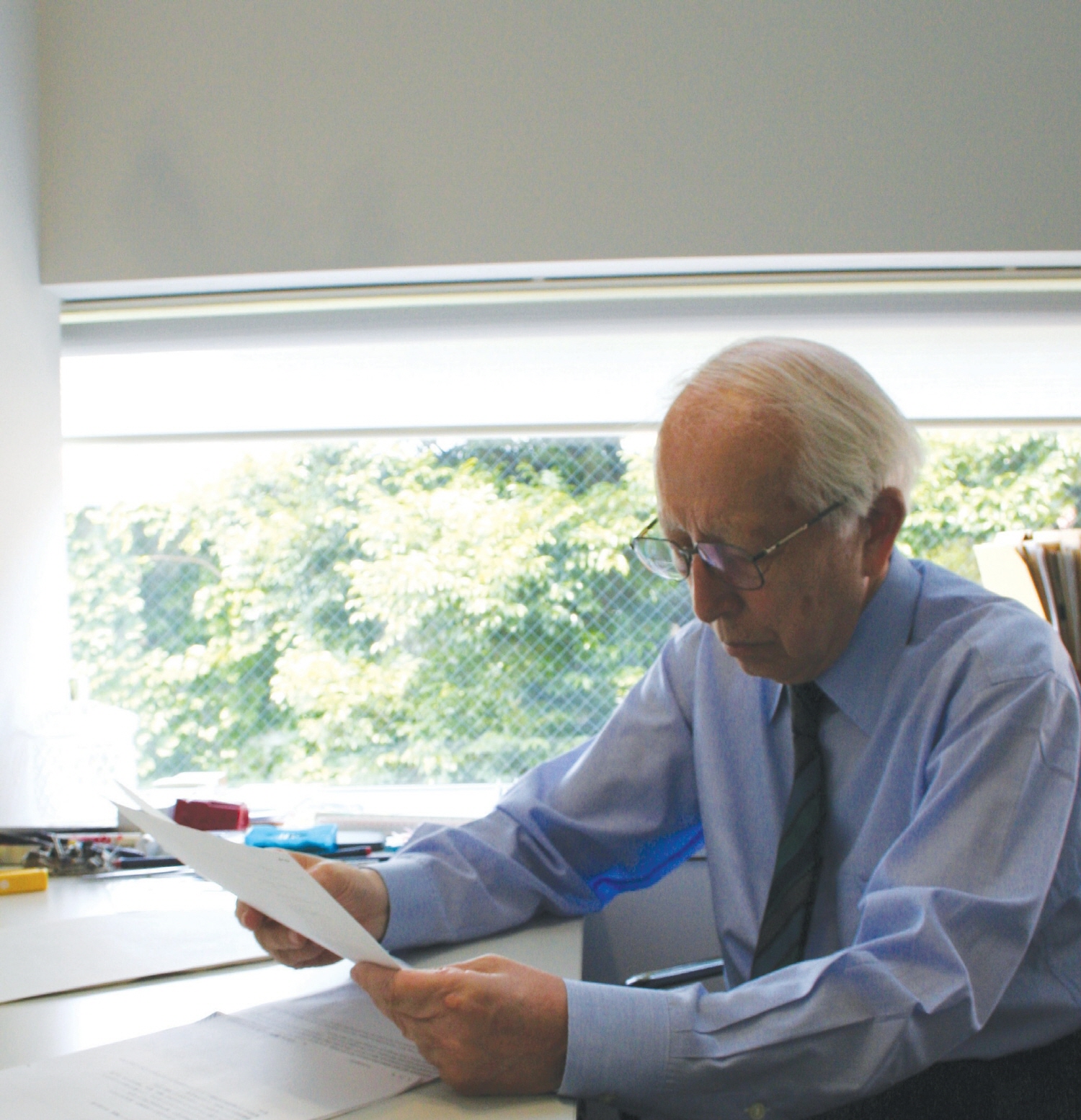SPACE Aug 2024 (No. 681)

Maki Fumihiko (covered in SPACE No. 468)
On June 6, news broke of the passing of Maki Fumihiko (covered in SPACE No. 468). Maki, a central figure in post-war Japanese architecture, led the Metabolism movement of the 1960s alongside Kikutake Kiyonori, Kurokawa Kisho, and Kawazoe Noboru. During his undergraduate years at Tokyo University, Maki closely collaborated with Tange Kenzo, who was an assistant professor at the time. While pursuing his graduate studies at Harvard Graduate School of Design, he was favoured by the school dean Jose Lluis Sert, leading some to describe Maki as a ‘thinking elite’ who ‘straddles two worlds’. As noted in the 1993 Pritzker Prize jury citation, Maki embodied the ideal conditions for achieving the ‘successful fusions of the cultures of east and west’. In our contemporary moment, where cultural distinctions have significantly diminished, the architectural significance of ‘fusion’ is rivaled by Maki’s fundamental architectural approach. As Rem Koolhaas once remarked on Maki’s ‘obsession’ with ‘connection’, Maki’s acute awareness of the context in which buildings are situated has always been central to his work. This was initially articulated through the Modernist vision of ‘collective form’, and later through the more straightforward language of a seasoned master. Maki believed that, ‘it is not enough [for architecture] to be accepted by clients and users. The society needs to say OK!’ This perspective underscores his key message: pursuing an architectural essence without considering its social, historical, and natural contexts or impacts can lead to architecture that is isolated and closed off from its surroundings. Notable works include the Hillside Terrace (1969 – 1992), the Spiral (1985), and the 4 World Trade Center (2013).





